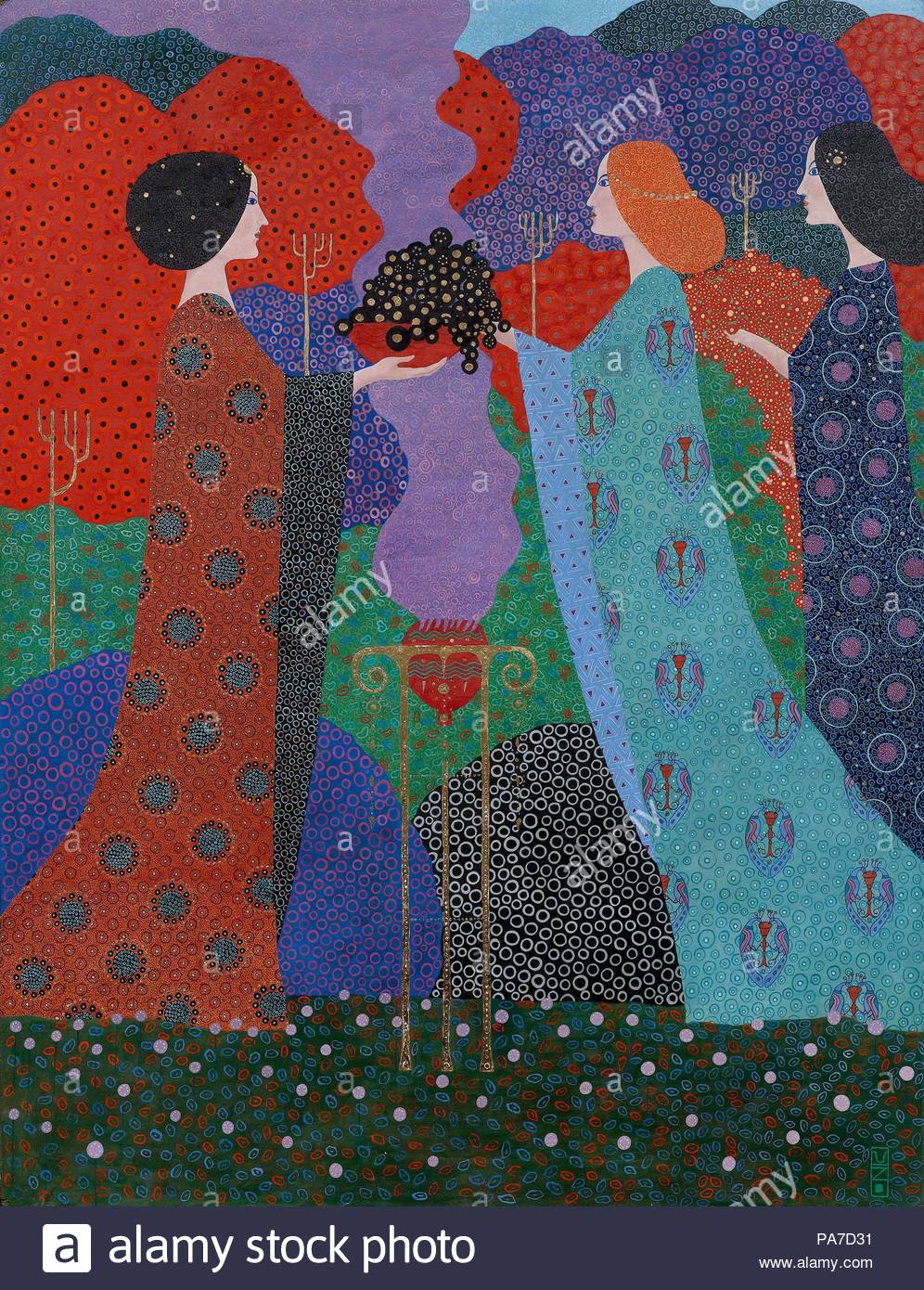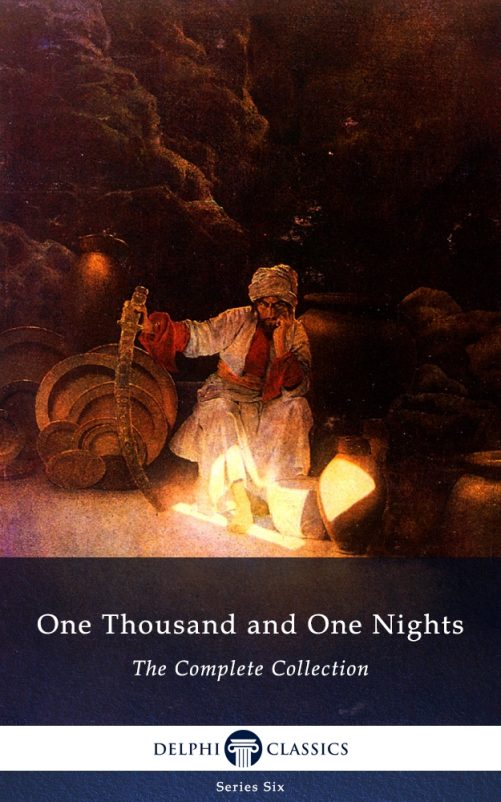


She told me why she loves these stories-and how they dramatize the power literature has to make us feel more deeply, think more clearly, and become better people. Hanan al-Shaykh, award-winning journalist and author of the novels The Story of Zahra, Women of Sand and Myrrh, and Beirut Blues, spoke to me by phone from the south of France. And I just wanted the writing to shine." Though al-Shaykh refers to her version as a "retelling," not a translation, you can read through knowing you're getting the very best of The Arabian Nights. I wanted to go deeper into the characters, move beyond the bare details, and give everything more depth. "They're very imaginative, but they use flat and direct language. "The original are very repetitive," she told me. She also brings the modern fiction writer's gift for psychological complexity to the rich-but-streamlined quality of the originals. Though the book is similar in structure to Mahdi's source text, al-Shaykh changes story order and plot details to bring out new thematic resonances.

Ultimately, she chose 19 of her favorite stories to weave together for two editions-one in English and one in Arabic. It took me a long time to think and to wander." "It took me nearly a year and a half to choose," she told me, "because all the stories are like jewels. Her goal in trucking through nearly 8,000 pages: to distill the very best into a single, approachable volume. To prepare it, al-Shaykh read three Arabic editions in full-including the "authoritative" edition, prepared by scholar Muhsin Mahdi, from a 14th-century Syrian source (as well as its English translation).

This is why Hanan al-Shaykh's new edition (with an introduction by Mary Gaitskill, an American master of writing about sexual violence) is such a gift. We tend to remember Shahrazad-or, more popularly, Scheherazade-but very few of the stories she tells. The inventive framing tends to eclipse the rest of the individual stories, though, in cultural consciousness. Shahrazad outsmarts the king by telling him a story each night before he goes to sleep she ends each tale on a cliffhanger in order to maintain suspense within an episodic structure-and, of course, to keep her husband hooked and herself alive. One thing all versions share, however, is a sophisticated narrative device: the famous frame story of Shahrazad, a brilliant woman forced to marry a bloodthirsty king who kills his wife each night and marries a new one in the morning.


 0 kommentar(er)
0 kommentar(er)
